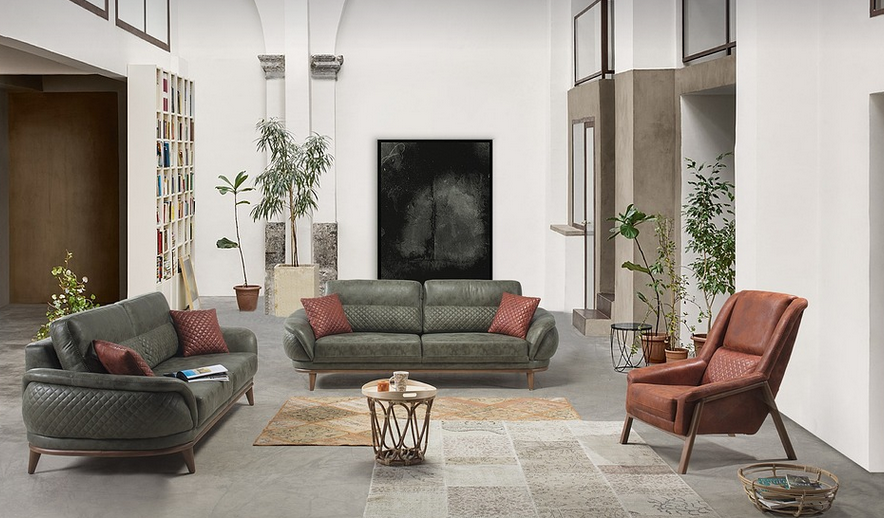Frustrated with Fido’s Furniture Frenzy?
Let’s be honest, we all love our furry friends dearly. But sometimes, that “love of life” can manifest in some… unconventional ways, and it’s especially true when your four-legged companion gets their paws on the furniture.
From chewed cushion covers to shredded armchairs, watching your dog destroy your beloved pieces is a sight no one wants to witness. Luckily, you don’t have to resign yourself to living with chewed-up interiors! This comprehensive guide will equip you with all the knowledge and strategies necessary to combat furniture chewing and keep your home in tip-top shape.
Understanding the “Why” Behind Dog Chewing
Before diving into solutions, it’s important to understand why dogs chew in the first place. It’s not just about boredom, though that can certainly be a factor. Dogs use chewing as a natural instinct for various reasons:
- **Teething:** Puppies experience a lot of discomfort and teething pain, making them prone to gnawing on anything they can find.
- **Boredom and Anxiety:** Just like humans crave stimulation, dogs need mental and physical outlets. When left alone for long periods or without sufficient exercise or play, they may turn to furniture chewing as a way to release pent-up energy.
- **Anxiety Relief:** Chewing can be a calming behavior for some dogs. It helps them explore textures, alleviate stress, and create a sense of security.
- **Attention Seeking:** Some dogs learn that chewing on furniture yields attention from humans, even if it’s negative attention.
Crafting the Right Prevention Strategy
The key to success lies in prevention! A multi-pronged approach is essential:
**1. Addressing Underlying Needs:** Before you delve into deterrents, assess if your dog’s behavior stems from boredom, anxiety, or teething. Enrichment activities like puzzle toys, interactive games, and walks can all help redirect their chewing instincts.
**2. Safe Alternatives: ** Provide a consistent supply of safe chews! These can be anything from durable rubber bones to sturdy nylon ropes. Rotate them regularly to keep your dog engaged.
**3. Environmental Management:** This includes creating a furniture-free zone for your pup during playtime, and training your dog to recognize ‘no chew’ commands.
**4. Positive Reinforcement:** When you catch your dog chewing on appropriate items (like their safe toys), reward them with praise and treats – this teaches them what behavior is desired.
**5. Training and Consistency:** Teaching basic obedience commands like “leave it” or “drop it” can be instrumental in managing furniture-chewing tendencies.
Remember, consistency is key! Your dog needs to understand the rules and receive consistent training to learn acceptable behavior.
Chemical Deterrents: A Temporary Solution with Potential Drawbacks
While not a long-term solution, some dog owners opt for chemical deterrents like sprays or bitter apple. These products are designed to make furniture unappealing for chewing; however, their effectiveness can vary and may involve potential downsides:
**1. Safety First:** Ensure the chosen product is safe for your dog’s health and hasn’t got harsh chemicals that might pose a risk.
**2. Potential Side Effects:** Some dogs may develop aversion to these scents, even if it doesn’t deter chewing initially. Always test a small area first to ensure there’s no reaction.
**3. Cost and Convenience:** These sprays can be costly in the long run, especially with refills and repeated applications.
**4. The “Quick Fix”:** While these solutions provide temporary relief, they don’t address the underlying reasons for chewing.
Remember: Chemical deterrents should only be considered when combined with other strategies like training and providing safe alternatives.
Training Your Dog to Dislike Furniture
Training your dog to dislike furniture can be a powerful tool in curbing their destructive behavior, but it requires patience, consistency, and positive reinforcement. Here’s how you can begin:
**1. “Leave It” Command:** Teach your dog the “leave it” command by offering a toy or treat when they try to chew on furniture.
**2. Redirection:** If your dog starts chewing, immediately redirect them towards their designated safe toys or chew items.
**3. Time and Repetition:** The key is consistency! Repeat these commands and redirection exercises frequently throughout the day, even when you’re not directly watching your dog.
**4. Patience is Key:** It requires time and effort to teach dogs new behaviors, so don’t be discouraged if results take a little while.
Remember: Training your dog shouldn’t feel like punishment! Use positive reinforcement, praise, and rewards to encourage good behavior.
Beyond Training: Creating a Dog-Friendly Environment
Preventing furniture chewing isn’t just about deterrents; it also involves creating an environment that fosters calmness and reduces anxiety. Here are some additional tips:
**1. Create Space for Play:** Ensure your dog has designated areas for playtime, allowing them to explore safely and burn off energy in an appropriate way.
**2. Invest in Sturdy Furniture:** Choose furniture built with tougher materials or consider using protective covers like slipcovers to prevent bites and scratches.
**3. Puzzle Toys as the Challenge:** Puzzle toys offer challenges, encouraging your dog to use their brains for mental stimulation and satisfying their need for exercise.
**4. Regular Exercise Routine: ** A daily walk or playtime session is crucial in keeping both you and your dog happy and healthy.
**5. Veterinary Check-up:** If the furniture chewing seems excessive or doesn’t improve with training, consult your vet to rule out any underlying medical conditions that could be contributing to the behavior.
Remember: A dog’s chewing habits are often a sign of unmet needs and anxieties. When you address these underlying issues, you can create a more harmonious environment for both you and your furry companion!


